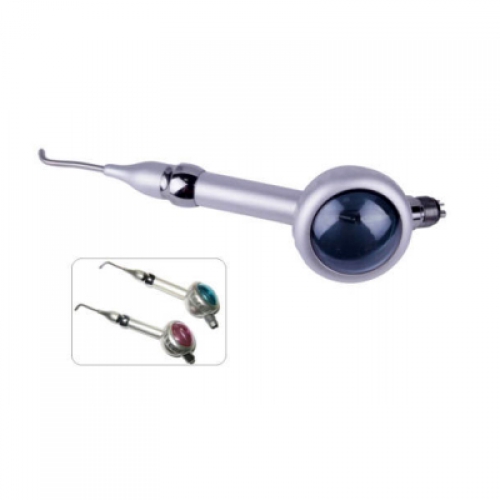Every dentist is dependent on the electric handpiece in order for the practice to run smoothly. Proper maintenance allows the dental handpiece to keep running safely. The sterilization process is actually what has the greatest effect on the equipment itself, causing it to suffer wear and tear. It’s important that you choose the repair options that’s right for you and your dental office.
Sterilization by dental autoclave is a necessary part of the maintenance of your dental handpiece. This process also puts your handpiece under the most stress with wear and tear. Maximum temperatures in your autoclave shouldn’t reach more than 140 degrees Fahrenheit. This can help to preserve your handpiece just a bit longer in between the need for service.
Electric handpiece repair doesn’t require a complete rebuilding of the tool each and every time. Most times, the parts that are causing the issues are inspected and replaced if needed. Sometimes, factory parts are required for a repair, other times, bearings of higher ratings can be used, depending on the state of the tool itself. Each brand and variation of handpiece has a different number of bearings and gears. That’s why you need to send your most important tool to the right repair company to ensure a safe and effective repair.
Every dental handpiece will need to be serviced at some point from time to time, it’s important to properly maintain your handpiece as you move through your day-to-day operations. Arpino Dental is here to service your handpiece any time that you need us, but in the meantime, here’s some tips to help you keep your handpiece in great condition.
Regular servicing of your dental handpiece is crucial to ensure a long and well-functioning operation of the tool. There are some tell tale signs that your handpiece needs more than routine servicing.
1. If your dental handpiece is vibrating more than usual, it could be a sign that there’s a problem with the handpiece itself. The simple solution is that you may simply just need to flush the handpiece out with oil as directed by your manufacturer. Simple lubrication can work wonders for your handpiece. Alternatively, the bearings inside of the tool could be loose.
2. If there’s a problem with the turbine inside of the tool, you could also be looking at a problem with the motor on your dental handpiece. It may even be worth replacing your handpiece all together with a refurbished dental handpiece.
Electrical handpieces operate at both high and low speeds. This makes them versatile for all kinds of procedures. Instead of bearings, this handpiece has gears instead of bearings. These handpieces are quieter due to the fact that air is not flowing through them for power.

